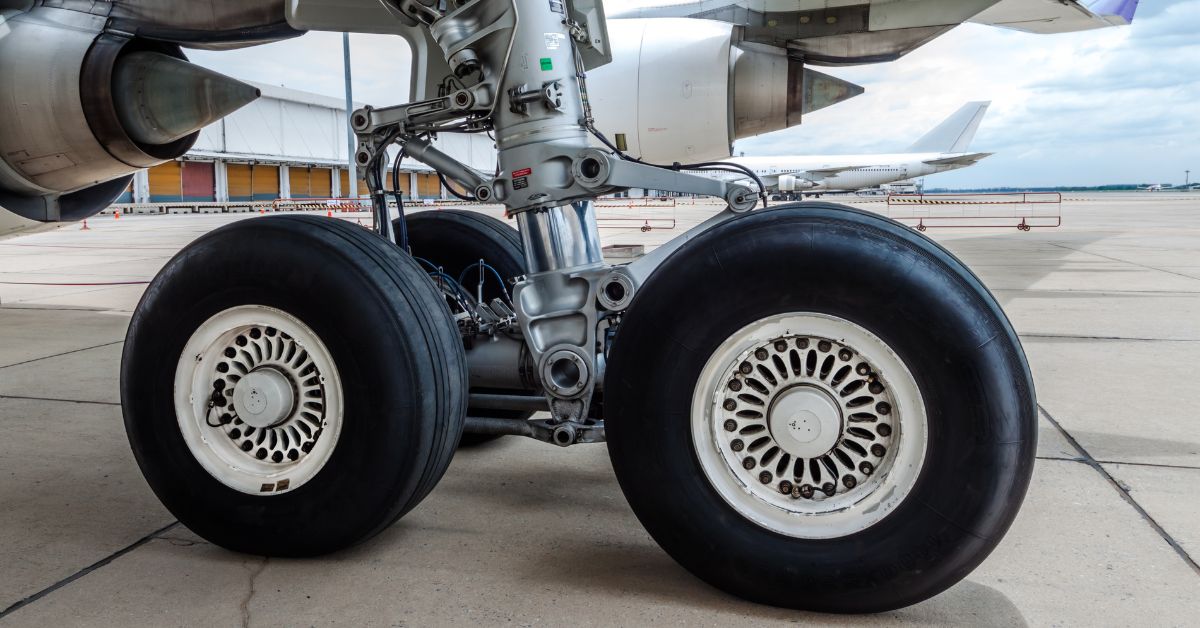How the Landing Gear on an Airplane Works

For most travelers, aircraft landing gear is simply a mystery. What does it do? How does it work? The last thing anyone wants to think about is the set of wheels that help the plane land safely on the ground.
In this blog post, we will explore how the landing gear on an airplane works and why it is so important to the safety of passengers.
The Purpose of Landing Gear
The primary purpose of landing gear is to support an aircraft’s weight while it is on the ground. The gear acts as a shock absorber and a way to distribute the airplane’s weight evenly across its surface area. Additionally, when an aircraft takes off or lands, it must be able to rotate around its center axis to maneuver properly. Pilots can accomplish this by using nosewheels or tailwheels attached to each end of the aircraft’s fuselage.
Components of Landing Gear
The main components of an aircraft’s landing gear include wheels, brakes, struts, and shock absorbers, some of which are airplane parts that wear out more often and need repair more frequently. Wheels are used for steering and support when the plane is taxiing on the ground, and for absorbing shock from landings and takeoffs.
Brakes slow down and stop the aircraft after landings. Struts are used for providing stability during takeoff and landing maneuvers, as well as acting as additional shock absorbers when touching down after a flight. Shock absorbers help reduce vibrations from high-speed turns during flight or unexpected turbulence during takeoff and landing operations.
Together, these components form a complex system that helps keep passengers safe in all types of weather conditions and on various terrains throughout their journeys. The ability to properly control aircraft speed, altitude, attitude (angle), direction, and attitude stability (how quickly the plane responds) during takeoff is essential for ensuring safe landings at airports worldwide—even in extreme conditions, such as thunderstorms or icy runways.
The Role of Landing Gear
The landing gear on an airplane works as one interconnected system to help aircraft reach their destinations safely while providing passengers with a comfortable ride. From taking off in adverse weather conditions to making smooth landings on lesser-known runways, modern-day aviation would not be possible without these complex yet effective components working together seamlessly.





